Transformers are essential equipment for maintaining a stable power supply in various fields, including industrial production, healthcare, power systems, manufacturing, and higher education. They bear the important responsibility of converting high-voltage electrical energy from the generator into voltage levels suitable for equipment and facilities, directly impacting system operational safety and energy efficiency.
To meet the power demands of different loads, transformers must possess corresponding power capacity, i.e., rated power. When selecting transformers, companies should consider key parameters such as voltage, current, operating frequency, and ambient temperature to ensure that the chosen equipment matches the actual application conditions. This post primarily focuses on transformer rating.
1. What Is A Transformer?
2. What Is Transformer Rating?
3. How Is Transformer Rated?
4. What Does kVA Mean?
5. How to Determine kVA Size?
6. How Is A Transformer Sized And Rated?
7. Why Transformer Rating in kVA?
8. What Affects The Sizes And Ratings of The Transformer?
9. What Are Transformer Sizing Factors?
10. What Are The Standard Transformer Sizes?
11. What Is MVA?
12. How to Convert kVA to MVA?
13. How to Calculate MVA?
14. How to Determine Load Voltage?
15. How to Determine Secondary Voltage?
16. How to Determine Primary Voltage?
17. Why Is Transformer Rating In kVA?
18. Why Is the Transformer Rating In kVA Instead of kW?
19. What Is the Difference Between kVA and kV?
20. What Are The Common Mistakes When Sizing Transformers And How To Avoid Them?
21. What Size of Transformer Do You Need?
22. How To Choose A Right Size of Transformer?
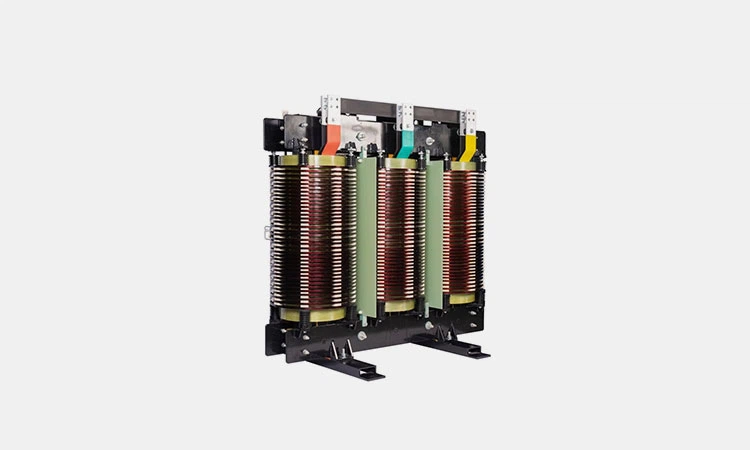
What Is Transformer-sourced: LTEC
Transformers are key devices in power systems, enabling efficient transmission and distribution of electrical energy. Their core function is to change alternating current (AC) voltage. They operate based on the principle of electromagnetic induction and typically consist of primary and secondary windings.
When AC passes through the primary winding, it generates a changing magnetic field in the iron core. This magnetic field then induces a voltage in the secondary winding, producing different voltage levels and maintaining a constant power frequency by adjusting the voltage as needed.
Understanding Rated Capacity: Why kVA?
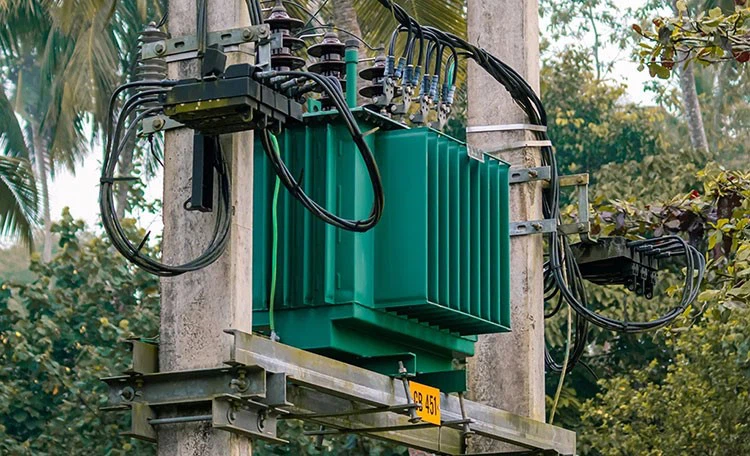
Understanding Rated Capacity-sourced: eshop
The "rated capacity" or "power rating" of a transformer is its most important parameter, generally measured in kilovolt-amperes (kVA). This is not arbitrary; it's because the power losses of a transformer primarily consist of copper losses and iron losses.
kVA (apparent power) comprehensively reflects the transformer's ability to withstand total current and voltage loads. It directly determines the maximum power the equipment can safely and stably transmit without overheating. Therefore, using kVA to specify capacity provides a unified and safe standard of measurement for all users.
Proper Selection: Key to Avoiding Equipment Damage
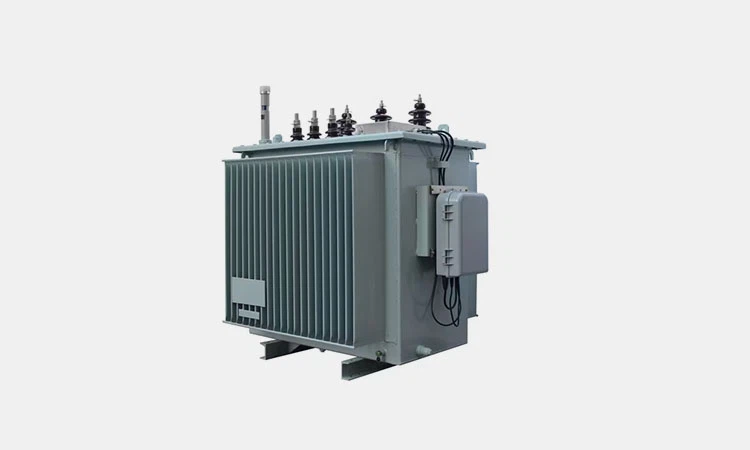
Proper Selection: Key to Avoiding Equipment Damage-sourced: taili
In industrial and commercial facilities, matching the appropriate transformer capacity to the electrical system is crucial. If the transformer capacity is too small, it cannot handle the full load, easily leading to overload and malfunctions, and even burning out valuable downstream equipment. Conversely, an oversized transformer will result in wasted initial investment and low operating efficiency.
Transformer ratings are a set of core parameters defining a transformer's operating capacity and safety boundaries, crucial for ensuring the stable and efficient operation of the power system. It is not a single indicator but a system encompassing multiple electrical specifications, primarily focusing on power capacity, voltage level, and load-carrying capacity.
Transformer ratings mainly include three basic but crucial specifications:

What Is Transformer Rating-sourced: electrical4u
Input/Output Voltage: This refers to the source voltage that the transformer's primary winding can withstand, and the target voltage output by the secondary winding under no-load conditions. These two parameters determine the transformer's voltage conversion function and are the primary basis for matching the grid and equipment requirements during selection.
Rated Power: This is the most critical indicator in the rating system, usually measured in kilovolt-amperes (kVA). It specifies the maximum apparent power that the transformer can continuously and safely transmit under specific operating conditions (such as within specified temperature rise limits), directly reflecting its upper limit of load-carrying capacity.
Why is rated power kVA instead of kW?

Why is rated power kVA instead of kW-sourced: electricaltechnology
kVA stands for "apparent power," which includes the "active power" actually performed and the "reactive power" required to maintain the electromagnetic field. Transformers are responsible for providing the total power (apparent power) to the load, and their own magnetizing current and other components also generate losses.
Therefore, using kVA as the rated unit comprehensively measures the overall load-bearing capacity of all components, including the transformer core and windings, providing a unified benchmark for safe operation. Misusing kW to select a transformer can easily lead to overload, overheating, or even damage due to neglecting reactive power components.
Transformers are not arbitrarily assigned a rated value; determining their capacity is a systematic decision-making process based on the actual application scenario. This process begins with a comprehensive assessment of the following core elements:
Load Demand Analysis
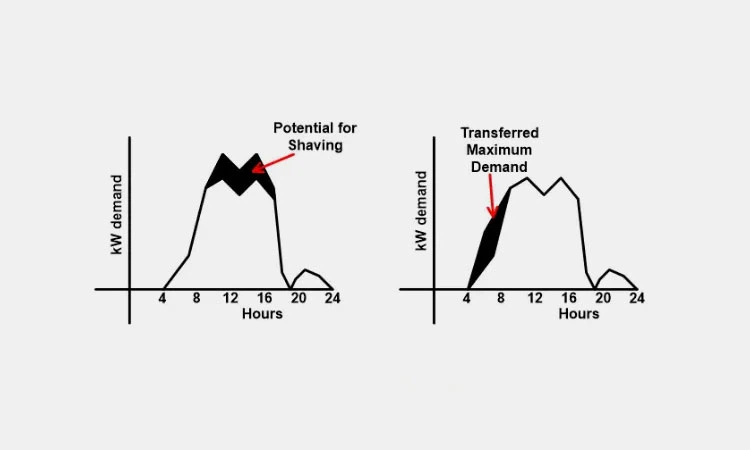
Load Demand Analysis-sourced: electrical4u
The total power consumption of all equipment powered by the transformer needs to be calculated, and potential future expansion needs should be considered.
System Voltage Matching
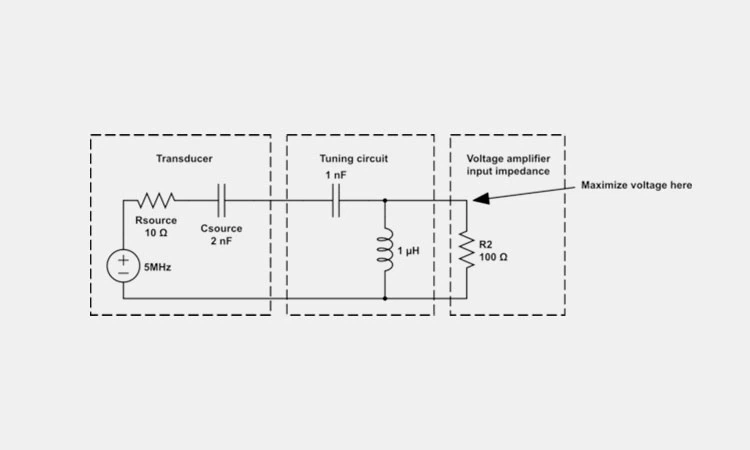
System Voltage Matching-sourced: electronics
The input (primary) and output (secondary) voltage levels must be clearly defined to ensure seamless connection between the transformer and the power grid and the consuming equipment.
Power Factor Considerations

Power Factor Considerations-sourced: wikimedia
The system's power factor directly affects the transformer's effective output capacity. A lower power factor means a higher kVA capacity transformer is needed to provide the same actual work (kW).
Operating Efficiency and Losses
While meeting the load requirements, the transformer with the highest operating efficiency under typical operating loads should be selected to achieve energy savings and optimized operating costs.
Necessary Overload Capacity

Necessary Overload Capacity-sourced: sew-eurodrive
It is necessary to anticipate the possibility of short-term peak loads or impulsive loads (such as the starting of large motors) in the system and reserve appropriate overload margins for the transformer.
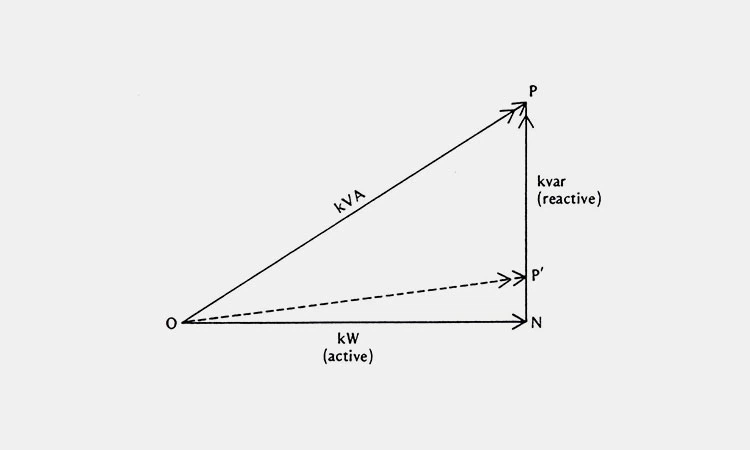
What Does kVA Mean-sourced: allpowersolution
kVA (kilovolt-ampere) is the standard unit for measuring "apparent power" in a power system. Its value is obtained by multiplying the voltage (kilovolt, kV) and current (amperes, A) in a circuit. It represents the total electrical load required to maintain equipment operation, including both actual work done and stored energy.
Determining the appropriate transformer kVA capacity is crucial for ensuring the stable operation of a power system.
kVA (kilovolt-ampere) represents apparent power, and its calculation is based on the system's voltage (V) and current (A). For small transformers, the unit VA (volt-ampere) is commonly used; 1 kVA equals 1000 VA.
Core Calculation Method
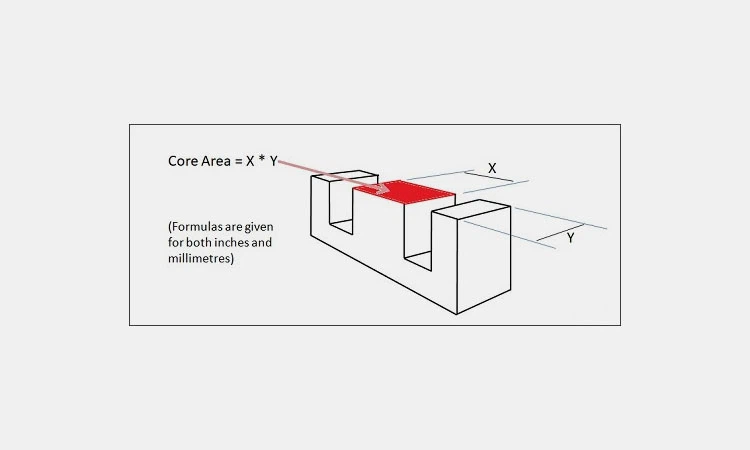
Core Calculation Method-sourced: googleusercontent
The core of calculating kVA is obtaining the system's voltage and current values, which can usually be found in the electrical schematic diagram. The specific formula varies depending on the type of power supply system:
- Single-Phase System Calculation
In a single-phase circuit, the calculation is relatively straightforward. Multiply the operating voltage (V) by the load current (A), and then divide by 1000 to obtain the kVA value.
Formula: kVA = (V *A) / 1000
- Three-Phase System Calculation
The calculation of a three-phase system requires introducing a constant 1.732 (√3) to balance the effects of the three-phase phase difference.
Formula: kVA = (V *A *1.732) / 1000
Key Considerations and Special Cases
Basic calculations alone are insufficient; the following practical factors must be considered to determine the final capacity:
- Starting Shock
Equipment such as motors generates instantaneous currents far exceeding their rated values during startup. Therefore, a starting factor (usually 1.25 or 125%) must be introduced. Multiply the calculated kVA value by this factor to allow sufficient buffer capacity for the transformer.
- Load Type
Different types of equipment (such as medical imaging equipment, large motors) have significantly different power supply requirements. For special loads, it is recommended to consult a professional transformer supplier.
- Power Factor and Unit Conversion
If the load power (kW) is known, it needs to be converted to kVA using the power factor (PF, usually assumed to be 0.8).
Conversion Formula: kVA = kW / PF
For example, a 7.5 kW device requires approximately 9.375 kVA of transformer capacity.
Selection Strategies and Practical Tools
- Rounding Up
The calculated kVA value is usually not the standard transformer capacity. When selecting a transformer, the "round up" principle should be followed, choosing a standard model with a rated capacity slightly larger than the calculated value (e.g., 10 kVA, 15 kVA, etc.) to avoid the transformer operating at full load for extended periods.
- Reverse calculation of amperes
If the transformer's kVA capacity and voltage are known, its maximum safe output current can also be calculated in reverse to verify whether it meets the load requirements.
The selection and rating of transformers is a systematic decision-making process based on the actual needs of the power system, primarily relying on the following core dimensions:
Key Selection Criteria
- Load Demand Analysis

Load Demand Analysis-sourced: energysentry
The core task is to accurately calculate the total power of all electrical equipment and predict potential future expansion needs, ensuring that the transformer capacity can meet long-term operational requirements.
- System Voltage Matching
It is essential to ensure that the rated voltages of the transformer's primary and secondary sides are completely compatible with the voltage levels of the power grid and the receiving equipment.
- Power Factor Consideration
A lower system power factor leads to increased total current; therefore, for the same active power, a transformer with a larger kVA capacity needs to be selected.
- Efficiency and Overload Capacity
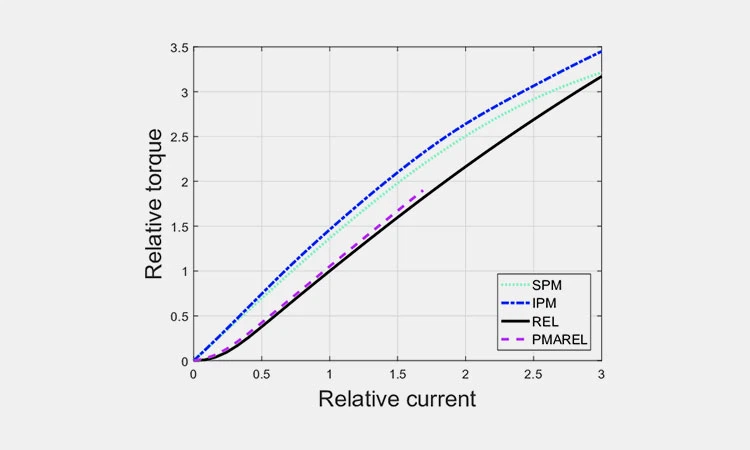
Efficiency and Overload Capacity-sourced: researchgate
High-efficiency transformers reduce operating losses but are more expensive. Simultaneously, the transformer must be able to withstand short-term peak loads, and its overload design must meet the requirements of potential impulsive loads in the system.
- Rating Determination
After considering the above factors, a standard kVA (kilovolt-ampere) rated capacity is ultimately determined. This value indicates the maximum apparent power that the transformer can carry during continuous operation without exceeding the allowable limits of the insulation material.
In short, rated kVA is the power boundary for safe operation of a transformer, and it is a quantitative representation of the load requirements and equipment manufacturing standards.
Transformers are core equipment in power systems, and their capacity rating methods are based on profound engineering principles.
Unlike the commonly used unit of "kilowatts" to measure actual work done, transformers uniformly use "kilovolt-amperes" (kVA) as their rated unit.
The main reasons are as follows:
Core Reason: Capacity rating must be independent of load characteristics

Core Reason-sourced: electrical4u
As an energy transmission device, a transformer needs to be able to handle various types of downstream electrical loads. These loads may have vastly different power factors; some are resistive, others inductive, or capacitive.
"Kilograms" only represent the active power actually done, failing to reflect the reactive power consumed in establishing the magnetic field.
If rated in kilowatts, a transformer might handle high power factor loads with ease, but when connected to low power factor loads, it may overload due to the increased total current. kVA (apparent power), on the other hand, fully encompasses both active and reactive components, providing a unified and safe capacity benchmark for all possible load conditions, ensuring the versatility and reliability of transformer applications.
Internal Mechanism: Losses are determined by voltage and current, and are independent of power factor

Internal Mechanism-sourced: vietnamtransformer
Transformers mainly generate two types of losses during operation: iron losses (related to the magnetic core, determined by voltage) and copper losses (related to the windings, determined by current). These two types of losses are collectively converted into heat, determining the transformer's temperature rise limit.
The key point is that the magnitude of these internal losses depends only on the voltage across its terminals and the current flowing through them, and has no direct relationship with the load's power factor (i.e., the phase angle between voltage and current). kVA is precisely the product of voltage and current.
Therefore, using it to calibrate capacity can directly and accurately reflect the transformer's heating limit, thereby determining its maximum safe operating boundary.
Selection Practice: How to Select Based on kVA

Selection Practice: How to Select Based on kVA-sourced: ikrorwxhipomlp5m
After understanding the principle, in actual selection, users need to determine the transformer's kVA value based on the total apparent power requirement of their system.
Basic Calculation: For a three-phase system, the required kVA ≈ (load voltage V * load current A *1.732) / 1000.
Rounding up: The calculated kVA value is usually not a standard specification. A standard transformer with a rated capacity slightly larger than the calculated value should be selected to reserve a safety margin for possible future load growth.
The determination of transformer size and ratings primarily depends on the synergistic effect of the following key parameters:
Power Capacity (kVA/MVA)

Power Capacity (kVA/MVA)-sourced: scotech-electrical
This is the core factor determining the physical size of the transformer. The greater the apparent power to be transmitted, the larger the core cross-sectional area and winding conductor specifications must be, directly leading to an increase in equipment size and weight.
Voltage and Current Intensity
The operating voltage level determines the design requirements of the insulation system; higher voltages increase insulation distance and structural complexity. Simultaneously, the rated current directly affects the cross-sectional area of the winding conductors and the configuration of the cooling system.
Operating Environment and Efficiency Requirements
The operating frequency (e.g., 50Hz/60Hz) affects the selection of core materials and magnetic circuit design. Furthermore, the transformer's temperature rise limits and heat dissipation requirements directly constrain its power density-for the same capacity, transformers with higher heat dissipation requirements often require a larger surface area or a more robust cooling design.
These parameters collectively constitute a complete technical boundary, ultimately defining the transformer's physical dimensions and the various ratings indicated on its nameplate.
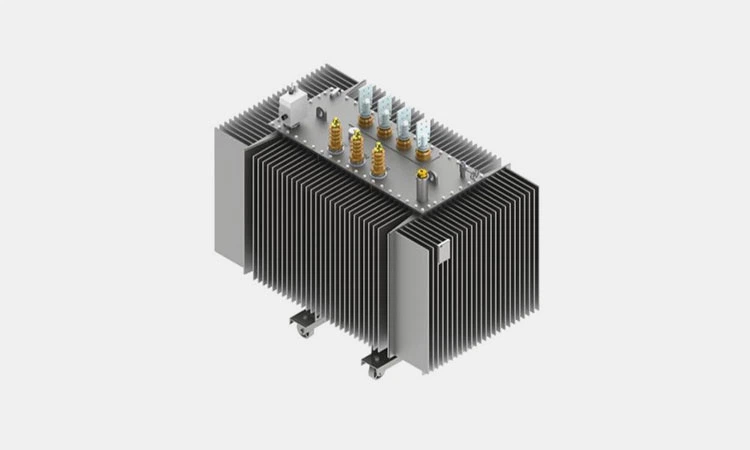
What Are Transformer Sizing Factors-sourced: metapowersolutions
When selecting a transformer for a power system, the following core factors must be comprehensively evaluated to ensure its safe, efficient, and long-term operation:
Load Characteristics

Load Characteristics-sourced: dalroad
Accurately calculate the current total load capacity and estimate future expansion needs to reserve a reasonable power margin for the transformer.
System Parameters
Ensure that the transformer's rated voltage, frequency, and other parameters are fully matched with the power grid and consuming equipment.
Operating Environment
Assess the ventilation conditions and ambient temperature of the installation location, as these factors directly affect the transformer's heat dissipation capacity and rated output.
Load Type
Analyze whether the load operates continuously and stably or experiences intermittent surges, as this will determine the transformer's required overload capacity.

What Are The Standard Transformer Sizes-sourced: elscotransformers
To simplify the selection process and ensure equipment compatibility, the transformer industry has developed standardized capacity series. These predefined kVA levels (such as 3, 6, 9, 15, 30, 37.5, 45, 75, 112.5, 150, 225, 300, 500, 750, 1000, etc.) cover a wide range of applications from light commercial to heavy industrial.
The selection process follows the "round up" principle: when the calculated requirement falls between two standard capacities, the standard model closest to and greater than the theoretical value should be selected.
For example, a 52.5kVA load requires a 75kVA transformer. This selection method ensures safe load operation while maintaining the equipment's immediate usability and system interchangeability. For extreme and special requirements exceeding the standard range, customized solutions can be sought.

What Is MVA-sourced: evernewtransformer
MVA is a unit of measurement for the capacity of a power system; 1 MVA equals 1,000 kVA. Similar to kVA, MVA represents apparent power, which is the product of system voltage and current.
This unit is primarily used to indicate the power capacity of large power equipment. When the rated values of equipment such as transformers and generators exceed the kVA range, MVA is commonly used as the unit of measurement, and it is frequently found in power plants, transmission and distribution systems, and large industrial projects.

How to Convert kVA to MVA-sourced: electricaltechnology
The conversion between kVA (kilovolt-ampere) and MVA (megavolt-ampere) is based on a unit-based system: 1 MVA = 1,000 kVA.
Therefore, to convert kVA to MVA, simply divide the kVA value by 1000. For example, 3,750 kVA is equivalent to 3.75 MVA. In practical applications, the result can be rounded to the nearest digit to ensure the required precision.
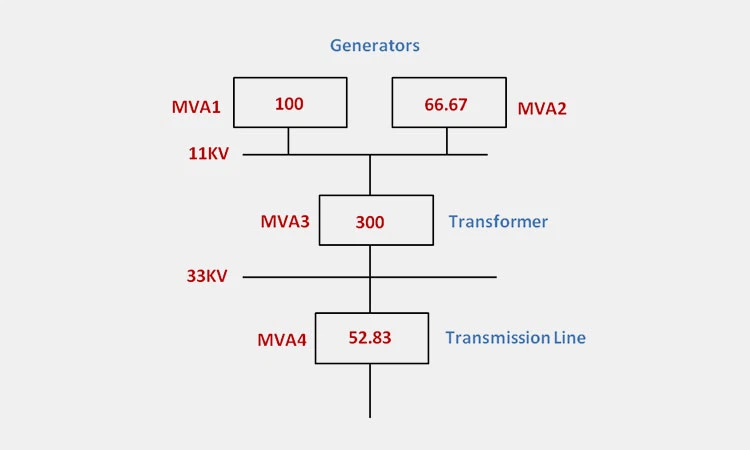
How to Calculate MVA-sourced: electengmaterials
To calculate the MVA (megavolt-ampere) capacity of a three-phase transformer, first use the kVA formula: multiply the line voltage (V) and line current (A) by a coefficient of 1.732, then divide by 1000 to obtain the kVA value. Then, divide the result by 1000 to convert it to MVA.
For example, if a transformer's calculated capacity is 12.99 kVA, its MVA capacity is 0.01299 MVA. In practical applications, when the capacity value is small, kVA is usually still used as the rated unit for ease of expression.

How to Determine Load Voltage-sourced: googleusercontent
Determining the load voltage is a fundamental step in transformer selection and circuit design, primarily achieved through two methods:
Directly consulting design documents
The most direct way is to check the electrical system schematic or equipment nameplate, which will clearly indicate the normal operating voltage value of the load.
Calculating using known parameters
When the transformer's rated capacity (kVA) and load current (A) are known, the voltage can be calculated backwards using the power formula. The derivation formula for a single-phase system is:
Voltage (V) = kVA * 1000 / Current (A)
For example, when a 75 kVA transformer supplies power to a 312.5 ampere load, its load voltage is calculated as follows: 75 * 1000 / 312.5 = 240 volts. This method is particularly suitable for system verification or scheme design phases.

How to Determine Secondary Voltage-sourced: eepower
The output voltage of a transformer's secondary winding is not arbitrarily set, but determined by its fundamental electromagnetic relationships. The core principle is that the voltage ratio between the primary and secondary windings equals their turns ratio.
The specific calculation formula is: V2 = V1 * (N2 / N1). Where V1 and N1 represent the voltage and number of turns in the primary winding, and V2 and N2 represent the voltage and number of turns in the secondary winding.
For example, a transformer with a 300-turn primary winding and an input voltage of 10 volts will have an output voltage of 10 volts if the secondary winding has 150 turns.
The output voltage will then be: 10 volts * (150 / 300) = 5 volts. By adjusting the turns ratio, the desired secondary voltage can be obtained.

How to Determine Primary Voltage-sourced: electronics
The primary voltage of a transformer can be determined by working backward from known secondary electrical parameters based on the principle of energy conservation. The core relationship is that the voltage and current in the primary and secondary windings are inversely proportional.
The specific calculation formula is: Primary voltage (V₁) = Secondary voltage (V₂) *(Secondary current (I₂) / Primary current (I₁)).
For example, if the measured secondary current is 4A and the voltage is 10V, and the primary current is known to be 6A, substituting these values into the formula yields: 10V * (4A / 6A) ≈ 6.667V, which gives the required operating voltage on the primary side. This method provides a practical tool for system design and fault diagnosis.
The use of kVA as the rated unit for transformers is determined by both their physical characteristics and engineering requirements, primarily for the following reasons:
Reflecting the True Load Capacity of the Equipment
kVA represents apparent power, which is the product of voltage and current. As an energy transfer device, the windings and core of a transformer must withstand the combined stress from the total current and voltage, independent of the actual active power consumed by the load. Using kVA directly reflects this physical limit.
Ensuring Universality and Safety
Different loads have different power factors. If kW ratings are used, the same transformer may overload due to increased current when connected to a low-power-factor load. The kVA rating provides a unified capacity benchmark for all types of loads, fundamentally ensuring the safe operation of the equipment under various conditions.
Matching System Design Requirements
Power system planning and protection settings are based on voltage and current parameters. Using kVA, a unit independent of power factor, facilitates engineers in directly performing system capacity matching, short-circuit calculations, and protection coordination, simplifying the design process.
This calibration method ensures that the transformer can meet diverse power demands while always remaining within its safe operating range.

Why Is the Transformer Rating In kVA Instead of kW-sourced: theengineeringmindset
Transformers use kVA (kilovolt-amperes) instead of kW (kilowatts) as their capacity unit, a decision jointly determined by their physical characteristics and engineering application requirements. The main reasons are as follows:
The Essential Needs of Capacity Representation:
kVA represents apparent power, the product of system voltage and current. As energy transmission equipment, a transformer's core and windings must withstand the total electromagnetic load under the combined action of voltage and current. Using kVA directly reflects this physical limit, ensuring safe operation within the design capacity.
Independence of Power Factor
kW represents active power, the energy actually used for work. However, the power factor (reflecting energy conversion efficiency) of loads varies greatly. If rated in kW, the same transformer connected to a low-power-factor load will overload due to the increased total current. The kVA rating is free from the constraints of the power factor, providing a unified and safe capacity benchmark for all types of loads.
Practicality in Engineering Design
Power system planning, protection configuration, and equipment selection are all based on voltage and current parameters. Using kVA, a unit independent of power factor, allows engineers to directly perform system capacity matching and short-circuit calculations, significantly simplifying the design process and improving the reliability of the solution.
This calibration method ensures that transformers can operate stably under various load conditions, which is fundamental to the safe and efficient operation of power systems.

What Is the Difference Between kVA and kV-sourced: media
kVA (kilovolt-ampere) and kV (kilovolt) are two completely different physical quantities in a power system.
kV (voltage): Measures the potential difference, i.e., the "pressure" that drives the current flow; it is a state parameter of a circuit.
kVA (apparent power): Measures the power capacity of a device; it is the product of voltage and current, representing the total electrical load capacity that a transformer or generator can provide.
In short, kV represents the "intensity" of electricity, while kVA represents the "total amount" of electricity; the two should not be confused.
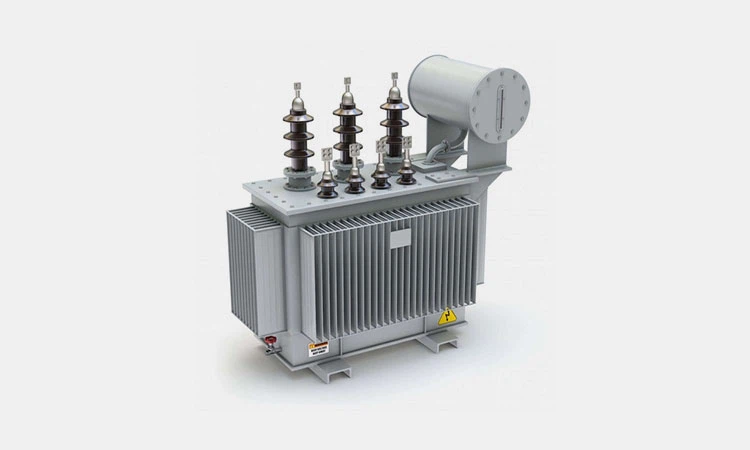
Common Mistakes When Sizing Transformers And How To Avoid Them-sourced: gz-supplies
Improper transformer selection can easily lead to overload and early failures. The main pitfalls are threefold: underestimating load capacity, ignoring future expansion needs, and neglecting the impact of the installation environment on heat dissipation.
Mitigation strategies include: accurately calculating current and expected loads and allowing for margins, selecting the appropriate model based on site ventilation and temperature rise conditions, and developing a regular inspection plan. Through systematic planning, the reliability and lifespan of the transformer can be significantly improved.

What Size of Transformer Do You Need-sourced: linkwellelectrics
Selecting the appropriate transformer capacity requires a systematic assessment, with the following core steps:
Accurately Calculate Load Demand
Calculate the total rated current of all electrical equipment, taking into account their duty cycles and simultaneity factors. This will form the basis for load calculations.
Confirm System Voltage Matching
Ensure that the rated voltage of the transformer's primary and secondary sides is completely consistent with the voltage levels of the power grid and the electrical equipment.
Allow Safety and Future Growth Margins
The selection should follow the "upward matching" principle. For example, when calculating a load of 90kVA, a 100kVA standard transformer should be selected instead of a 75kVA one. This prevents insulation aging due to overload and also provides a safety margin for future load increases.
Correct selection is a crucial prerequisite for ensuring the long-term stable operation of the transformer and avoiding unexpected power outages.

How To Choose A Right Size of Transformer-sourced: tameson
Here are some aspects to consider:
Step 1: Define Basic Requirements
First, confirm the required output voltage and operating frequency (usually 50Hz in China), and estimate the total load current. These are the foundations for selecting a transformer.
Step 2: Plan Capacity Rationally
Determine the required VA or kVA value based on the total power of the equipment. It is recommended to choose a model slightly larger than the calculated value, leaving about a 20% margin. This allows for future expansion and ensures the transformer operates smoothly.
Step 3: Pay Attention to Installation Details
Pay attention to the size limitations and load-bearing capacity of the installation location to ensure the transformer can be installed safely. Also consider the temperature and humidity of the operating environment and select an appropriate protection level.
Step 4: Balance Cost and Benefit
Within your budget, choosing a more efficient model may result in a slightly higher initial investment, but the long-term electricity savings will be considerable.
Through these careful considerations, you can find the most suitable transformer, making it a reliable and stable cornerstone of your system.
Choosing the right transformer for your power system is like choosing a reliable partner for your journey. The right choice not only ensures current stability but also determines future smoothness. When you comprehensively consider load requirements and future development, and understand the meaning behind kVA, you can confidently select the most suitable transformer. It will silently protect your power system, providing stable and reliable power support for all devices. If you have any further questions, please feel free to contact us.




